In all my travels around the world, I have visited lots of famous wine regions. But with an historic one like the Wachau in your backyard, most of them weren’t as spectacular as advertised for me – definitely something I can’t say about Napa Valley.
Napa Valley is just around the corner from San Francisco and has everything you could wish for! Almost 4.5 million people visit Napa Valley each year, making it a very popular tourist destination in California and “The World’s Best Wine and Food Destination” (2010 Travelers’ Choice Awards) – what means that you can not only find plenty of the finest wines but also delicious fresh food. In St. Helena for example, you can enjoy high cuisine at the Culinary Institute of America – or improve your own skills by taking one of their cooking classes.
Early pioneer and settler George C. Yount is generally credited to have been the first to grow grapes in the Napa Valley. Commercial production started in 1858, with John Patchett selling wine for $2 per gallon. Captain Gustave Niebaum established Inglenook Winery in 1879 near the village of Rutherford. This was the first Bordeaux style winery in the USA. Inglenook wines won gold medals at the 1889 World’s Fair in Paris.
In 1868 H. W. Crabb bought land near Oakville close to the Napa River. Crabb established a vineyard and winery named To Kalon, and by 1877 had planted 130 acres (0.5 km2) and was producing 50,000 US gallons of wine per year. Crabb experimented with over 400 grape varieties to find the types best suited for the area.
By the end of the 19th century there were more than one hundred and forty wineries in the area. Of those original wineries, several still exist in the valley today including Beaulieu, Beringer, Charles Krug, Chateau Montelena, Far Niente, Mayacamas, Markham Vineyards, and Schramsberg Vineyards.
In 1976, the region got a boost from the Paris Wine Tasting of 1976, which featured a Napa Valley Chardonnay and Cabernet Sauvignon beating several famous French labels in a blind tasting format. The results of this tasting cemented the region’s reputation as a producer of world class wines. Today Napa Valley features more than 450 wineries that grow grape varieties including Cabernet Sauvignon, Chardonnay, Pinot noir, Merlot, Zinfandel, among others. Many wines are made as a blend from grapes grown on the valley floor and the surrounding hillsides.
Like Austria’s Wachau Napa Valley consists of several towns/regions: Calistoga, St. Helena, Yountville, Napa, Oakville, Rutherford, American Canyon, Angwin and Lake Berryessa. Most of them are also aligned along a river, the Napa River, and are surrounded by beautiful hills with vineries and forests. And there is so much more to do than just wine tasting! You can travel through the whole Napa Valley with the iconic wine train, discover the wild on a safari tour or ride the wine route by bike. If you want to take it a little bit slower, you also visit galleries and museums to experience the region’s history and artistry.
One attraction I enjoyed very much was the Old Faithful Geyser of California – one of only three “faithful” geysers in the world due to its regular eruption intervals of about 30 minutes. The area includes also a picnic area and a petting zoo, therefore you can easily pass the wait time.
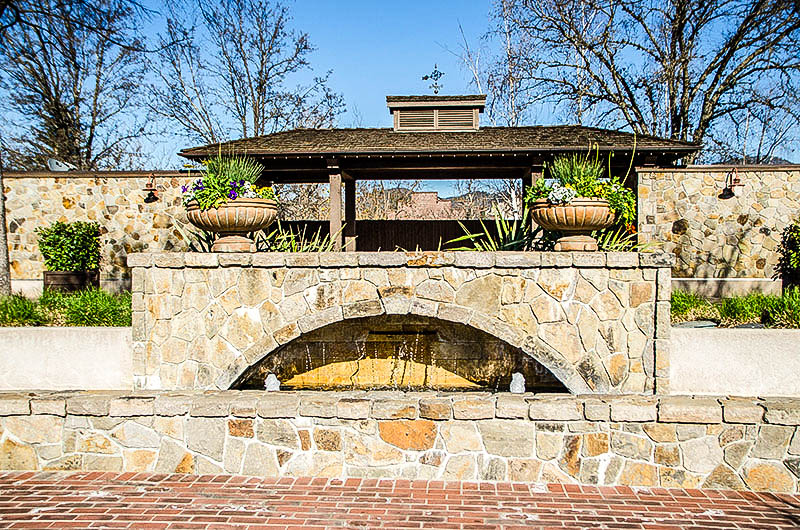 |
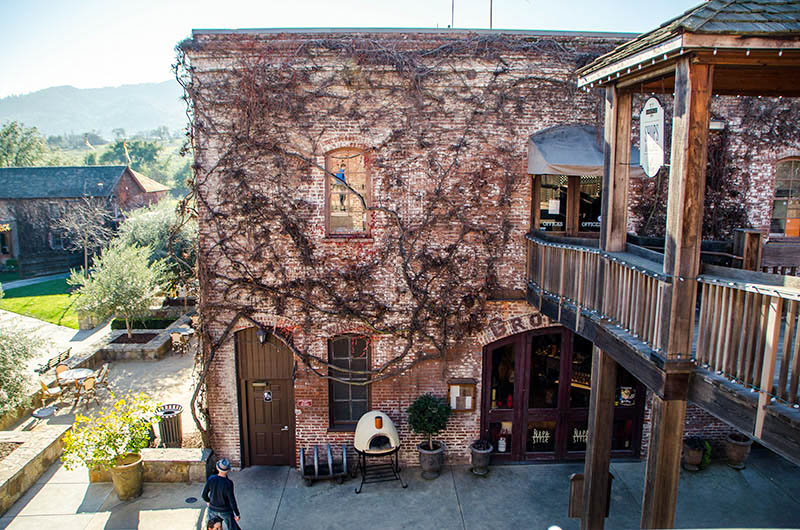 |
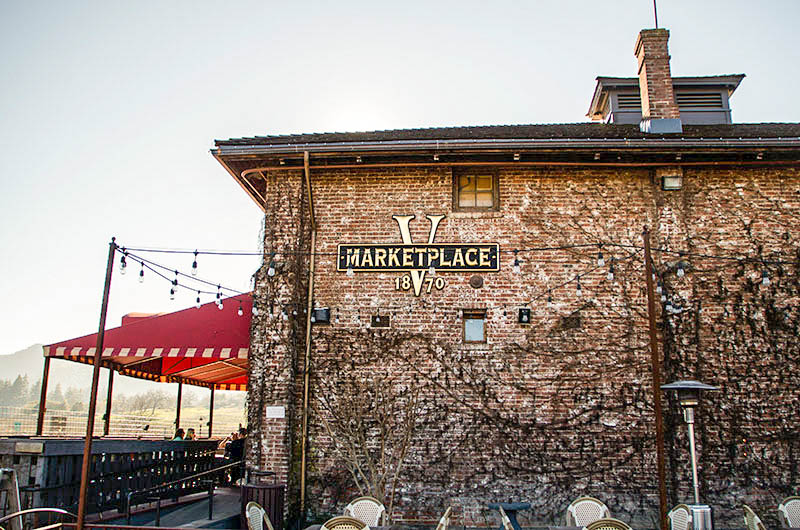 |
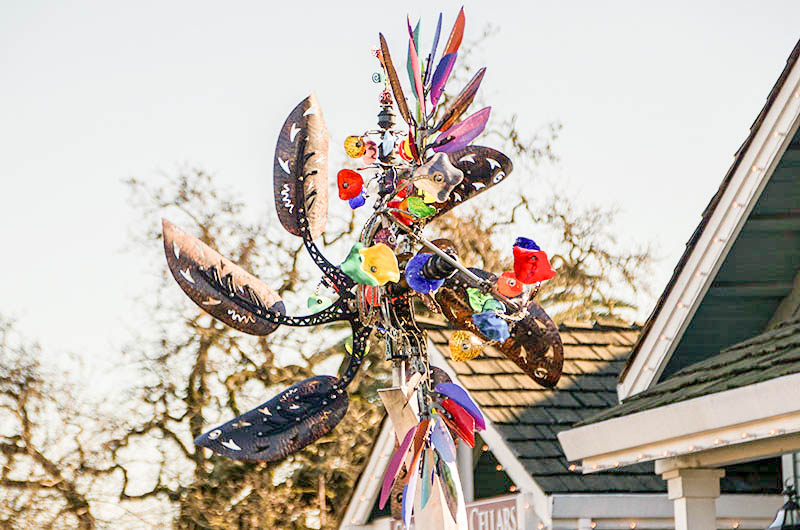 |
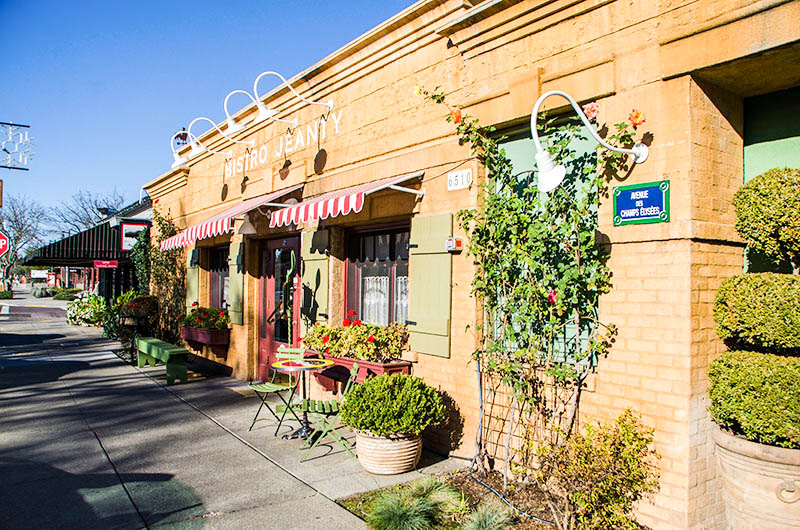 |
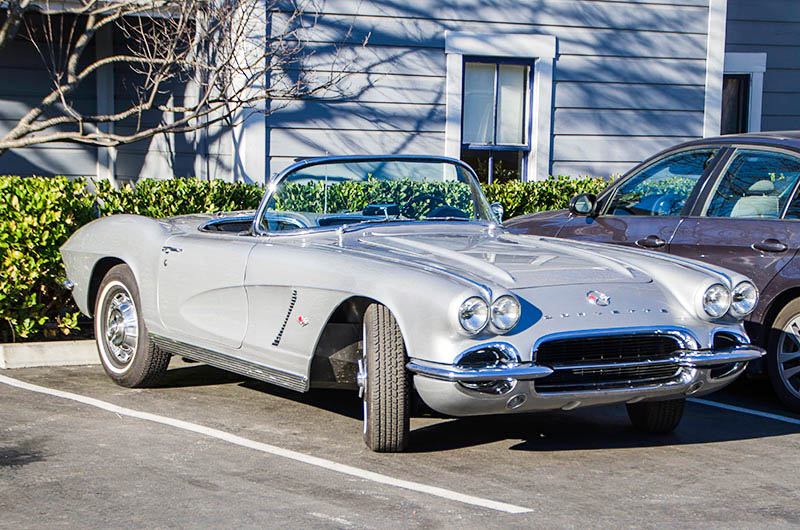 |
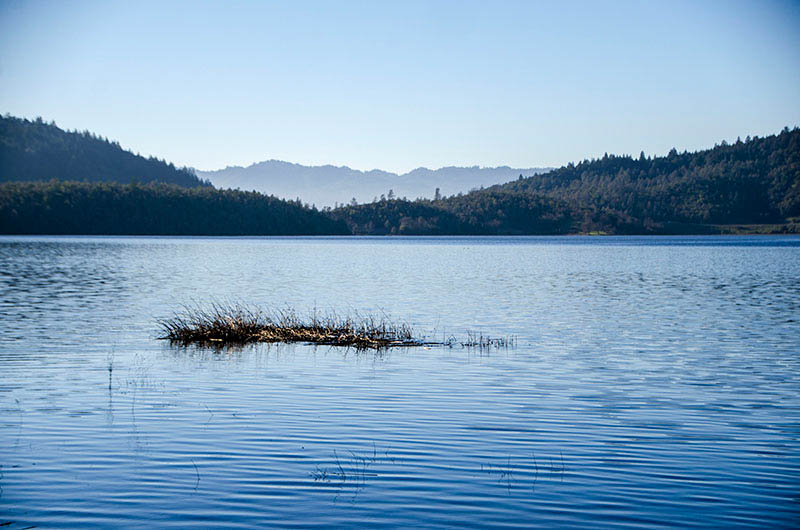 |
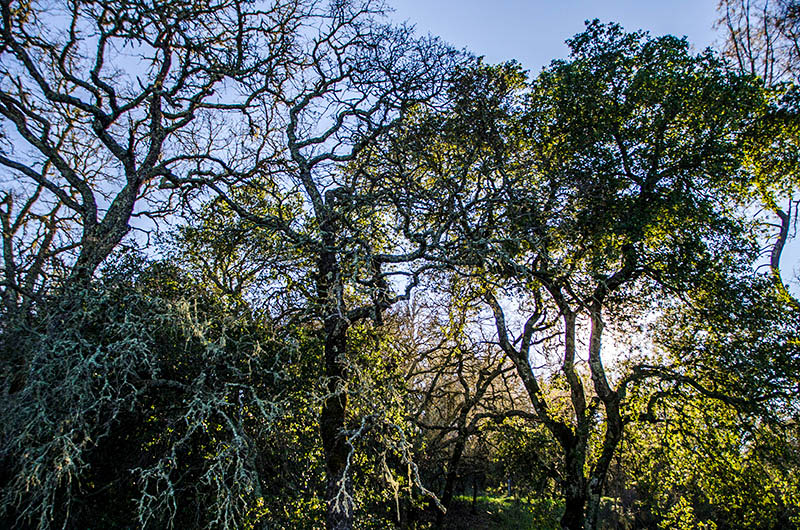 |
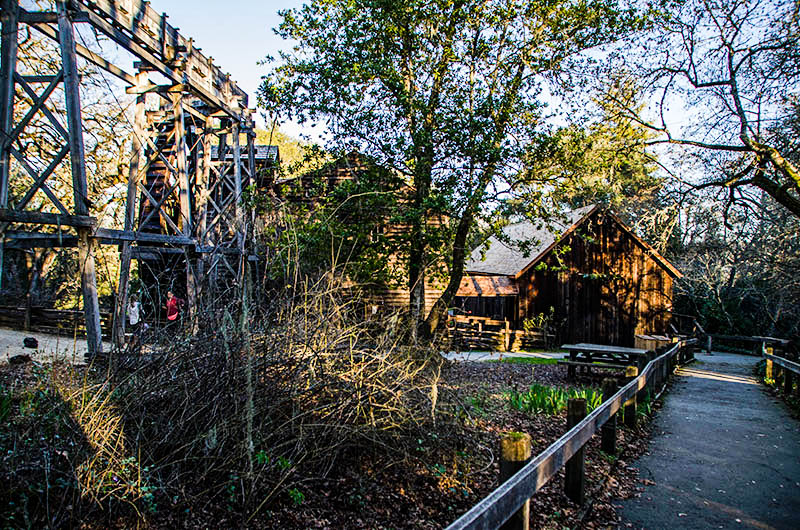 |
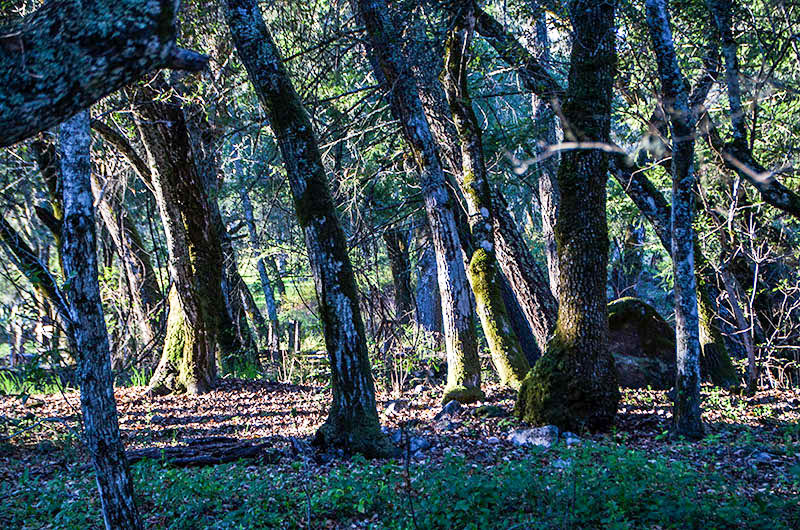 |
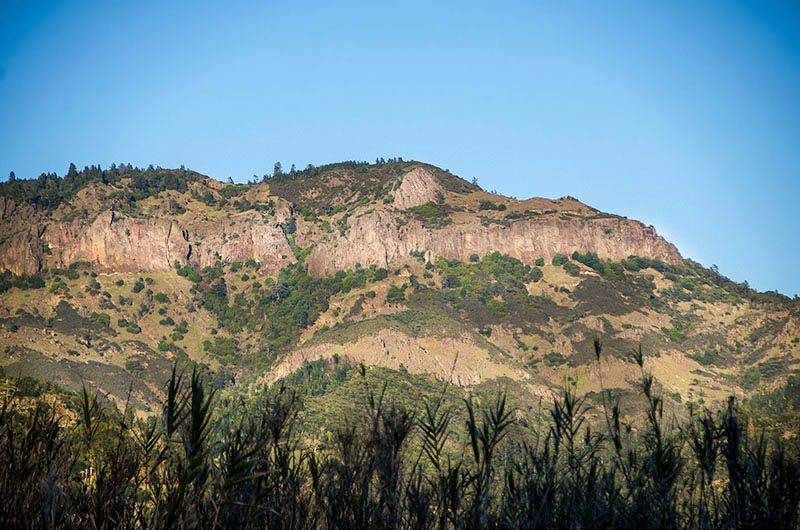 |
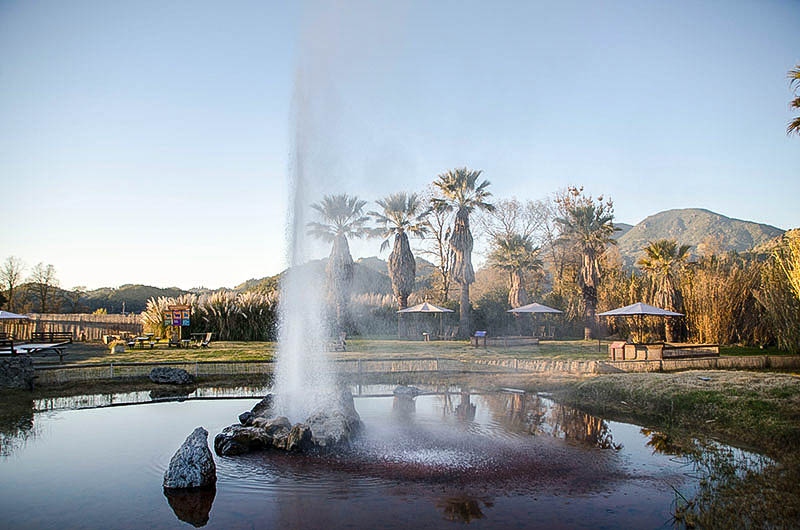 |
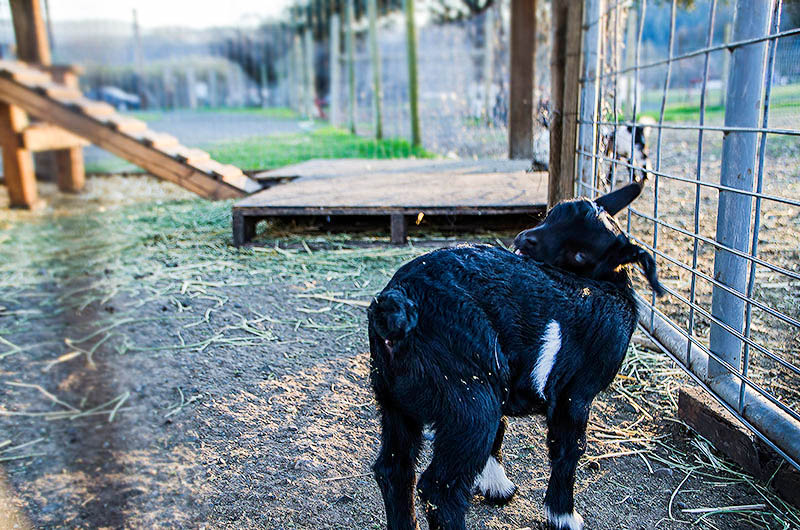 |
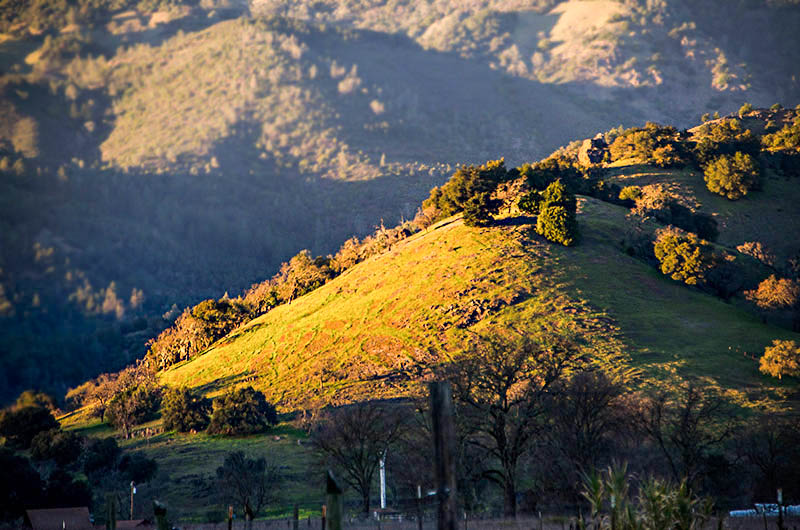 |
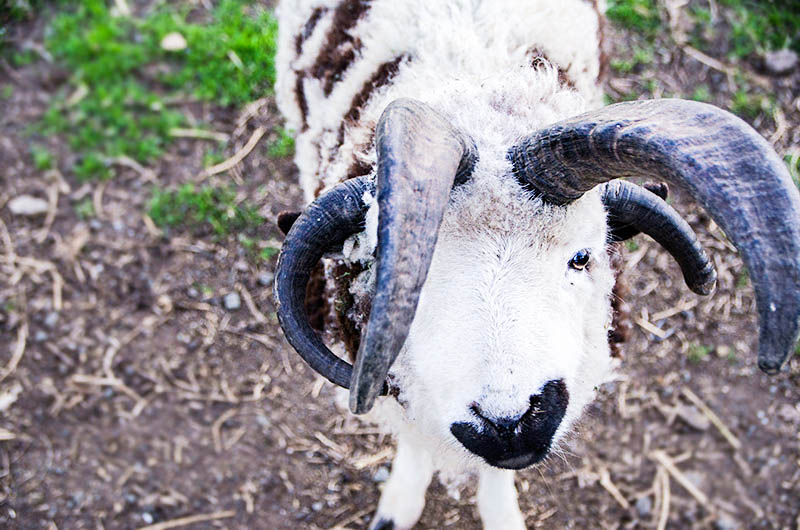 |
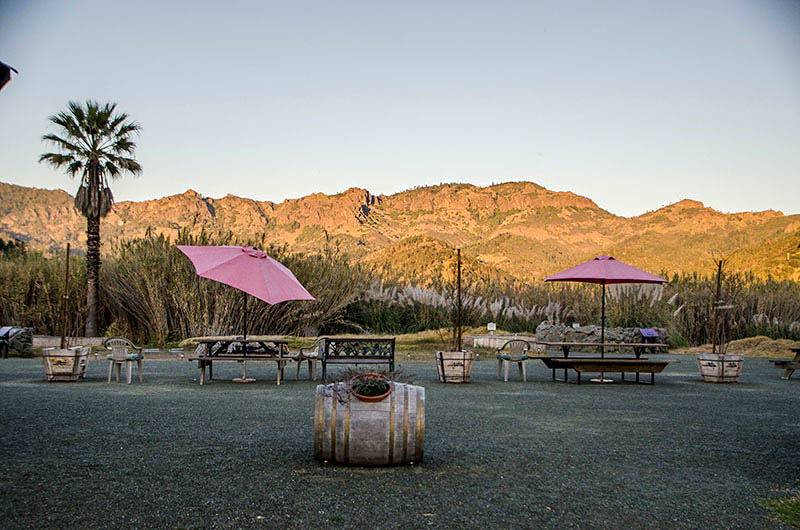 |
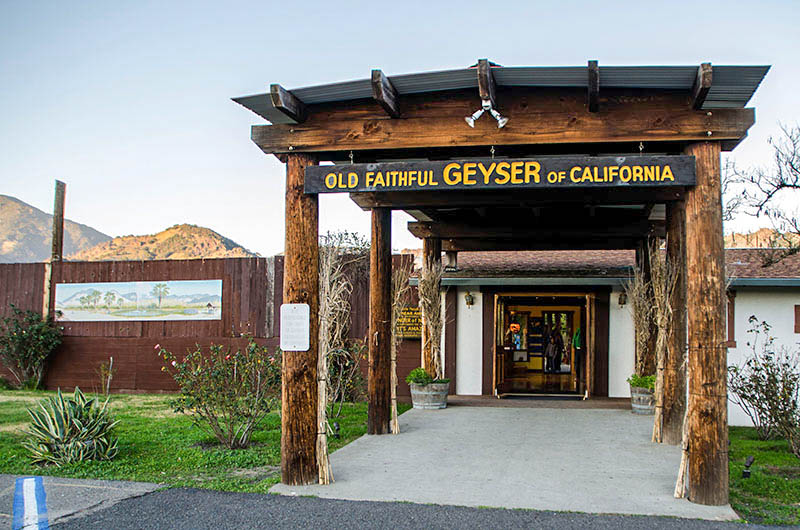 |
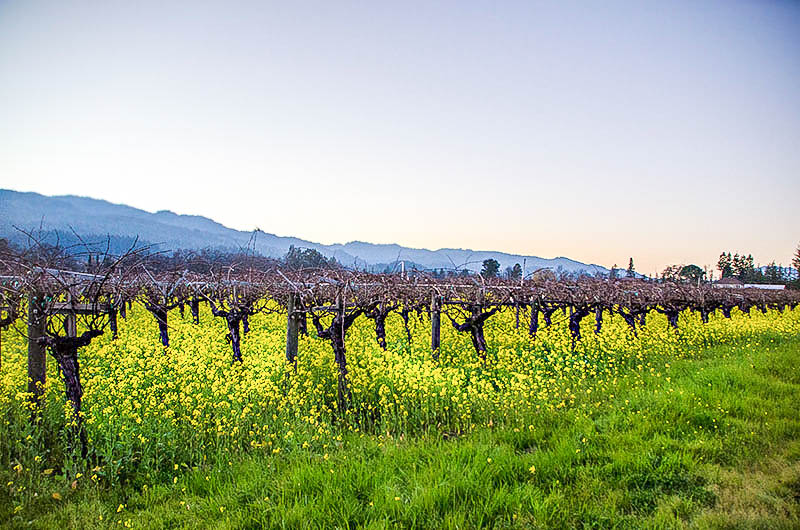 |
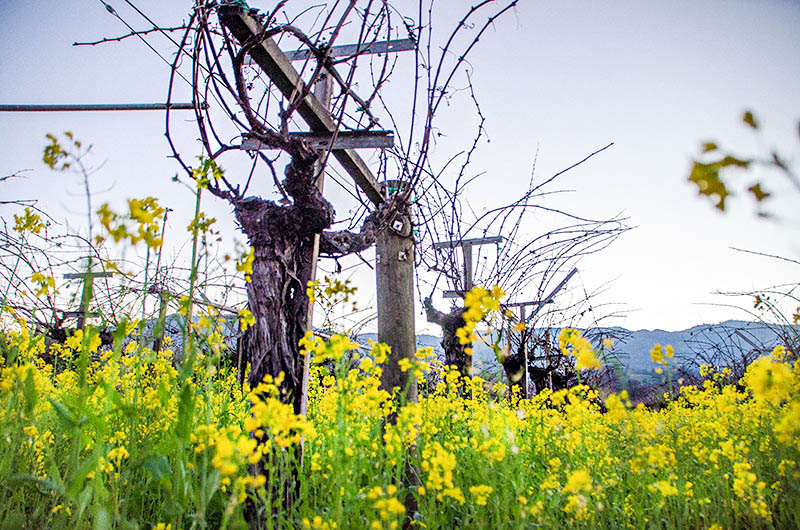 |
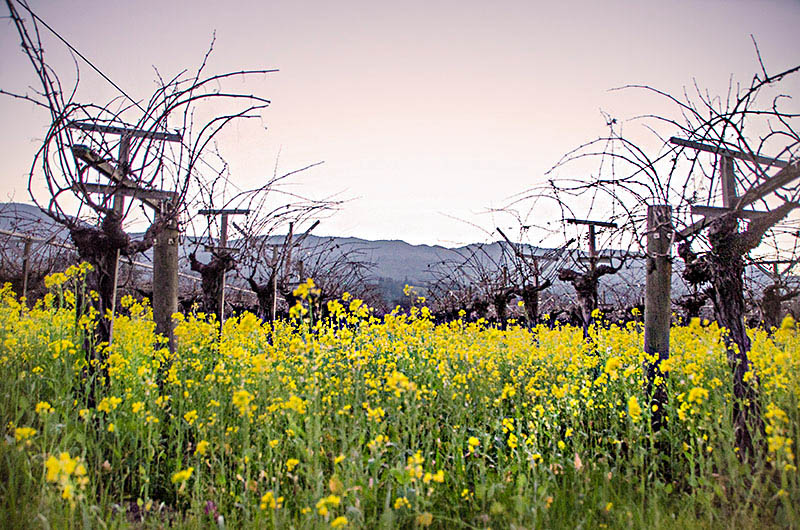 |

Leave a Reply